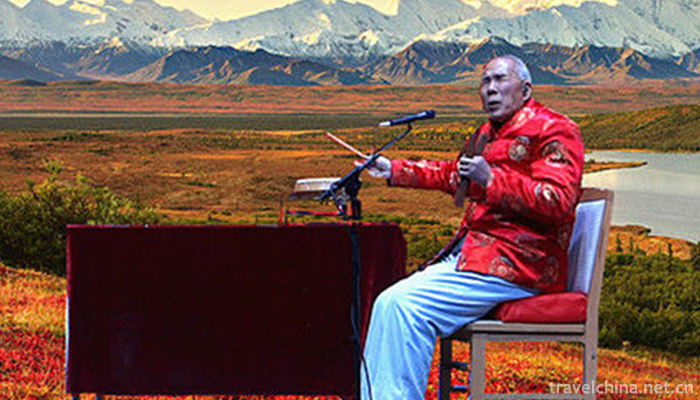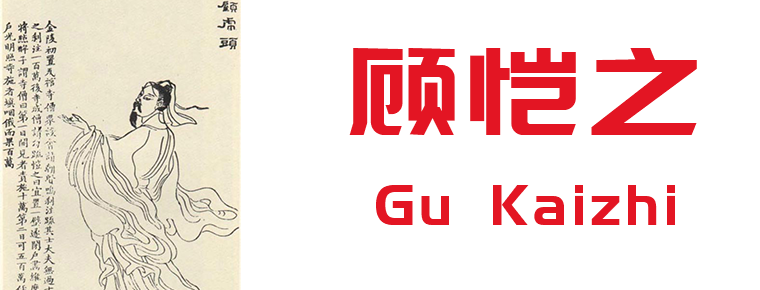2019-06-29

- By ChinaWiki.net
- Chinese Edition
- 2019-07-16
Zezhou Sixianshu
Zezhou Sixianshu is a popular performance form in Zezhou Prefecture, Shanxi Province in Qing Dynasty. It is named after Sixian (Sihu) as the main accompaniment instrument. There is no documentary information about its formation age. Cheng Tianhe, a blind artist in Lichuan Town of Zezhou Prefecture in the Qing Dynasty, was the earliest known artist who was good at performing four-string books in Zezhou (about 1872-1932). It is inferred that the Four Strings Book of Zezhou was formed at the latest in the Guangxu Period of the Qing Dynasty and has a history of more than 150 years.
On May 23, 2011, the "Four Strings Book of Zezhou" declared by Jincheng City, Shanxi Province, was approved by the State Council and listed in the third batch of national intangible cultural heritage list.
historical origin
Zezhou Sixianshu is named for its four strings (Sihu) as the main accompaniment instrument. There is no literature on its formation age. Cheng Tianhe, a blind artist in Lichuan Town of Zezhou Prefecture in the Qing Dynasty, was the earliest known artist who was good at performing four-string books in Zezhou (about 1872-1932). It is inferred that the Four Strings Book of Zezhou was formed at the latest in the Guangxu Period of the Qing Dynasty and has a history of more than 150 years.
After the founding of New China, Jincheng City set up a Quyi troupe mainly performing Zezhou Four String Books. He has edited and performed new programs such as Kao Shen-fu, Wu Quanyou Receiving Girls, River God Marrying Wives and so on.
After entering the 21st century, with the age of the old artists increasing and their death, the number of performances is decreasing day by day. Zezhou Sixianshu is on the verge of extinction. It is in urgent need of rescue and protection. For many years, the local government has been carrying out relevant protection work.
artistic characteristics
The performances of Zezhou Sixianshu are composed of rap and singing, mainly in the Jincheng dialect. In the early stage, only one person performed with four strings and legs. Later, many people accompanied. And one leg plate and one cymbal. The accompaniment is interlude, i.e. no accompaniment when singing. The Lyric format is basically seven-character upper and lower sentences, rhyming the lower sentences.
Zezhou Sixianshu Program takes "Guan" as the unit, and "Guan" refers to a paragraph of the program story, usually about one hour. A long program consists of several "performances", called "Grand Slam".
After the founding of New China, Jincheng Quyi Team appeared standing and walking performances besides the traditional sitting performances. At the same time, the accompaniment instrument replaced the four strings with erhu, adding suona, drum and banner.
Representational repertoire
Its representative traditional programs are Huiwen Ping (32 consecutive), Sanhong Zhuan (24 consecutive), Martyr Girl Zhuan (13 consecutive), Hongluoshan (9 consecutive), etc. There are also medium-length programs such as "Birds Chao Feng", "Yang Bajie Youchun", "Two Lao Bizi", short programs such as "Little Widow Go to the Tomb", "Bachelor Cry Wife", "Little Two Eat Zongzi" and so on.
In the old days, the performers of Zezhou Four String Books were blind artists, mostly in groups of three or two, and there was no class organization. Villagers'reward, vow and celebration are the main occasions for performances. Usually, "Shuo Shenshu" plays "Tour Tiantai", "Big Eight Immortals", "Rich Changchun", "Axe Chopping Huashan" and other programs; Birthday, Full Moon performances "Du Lin Ying", "Three Sisters Fall", "Tian Xian Giving Sons"; Birthday performances "Xu Gongzi Baishou", "Long Sanjie Baishou" and other programs; Wedding Day performances "Xixiangji" and "Liang Zhuxia Shan". Wait for the program.
Inheritance Significance
Although the history of Zezhou Sixian Book is not very long, its value is not small. It is the cultural treasure of the Chinese nation. This form of performance is mainly distributed in Jincheng, Shanxi Province. The representative successors are Chen Tiefa and Mary (Ma Xinmei).

Ask a Question
Your email address will not be published.



0 Questions